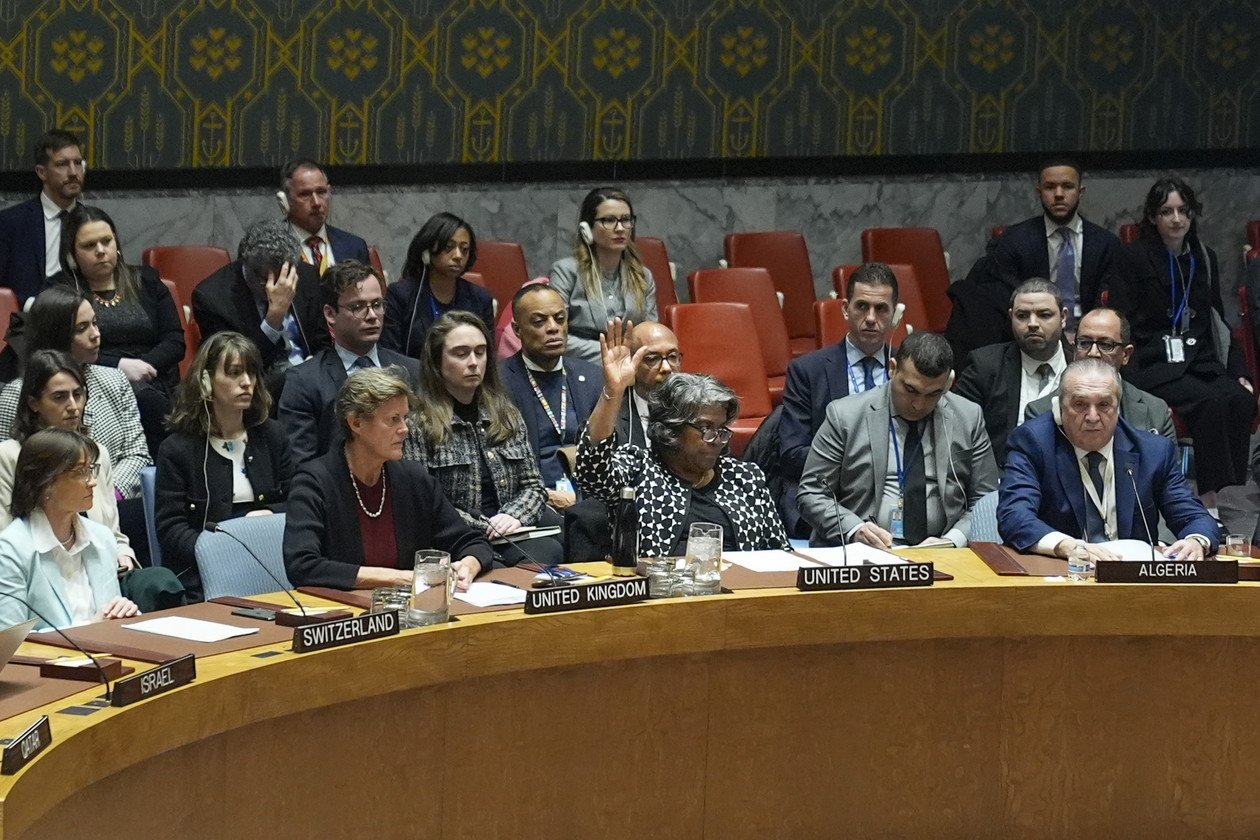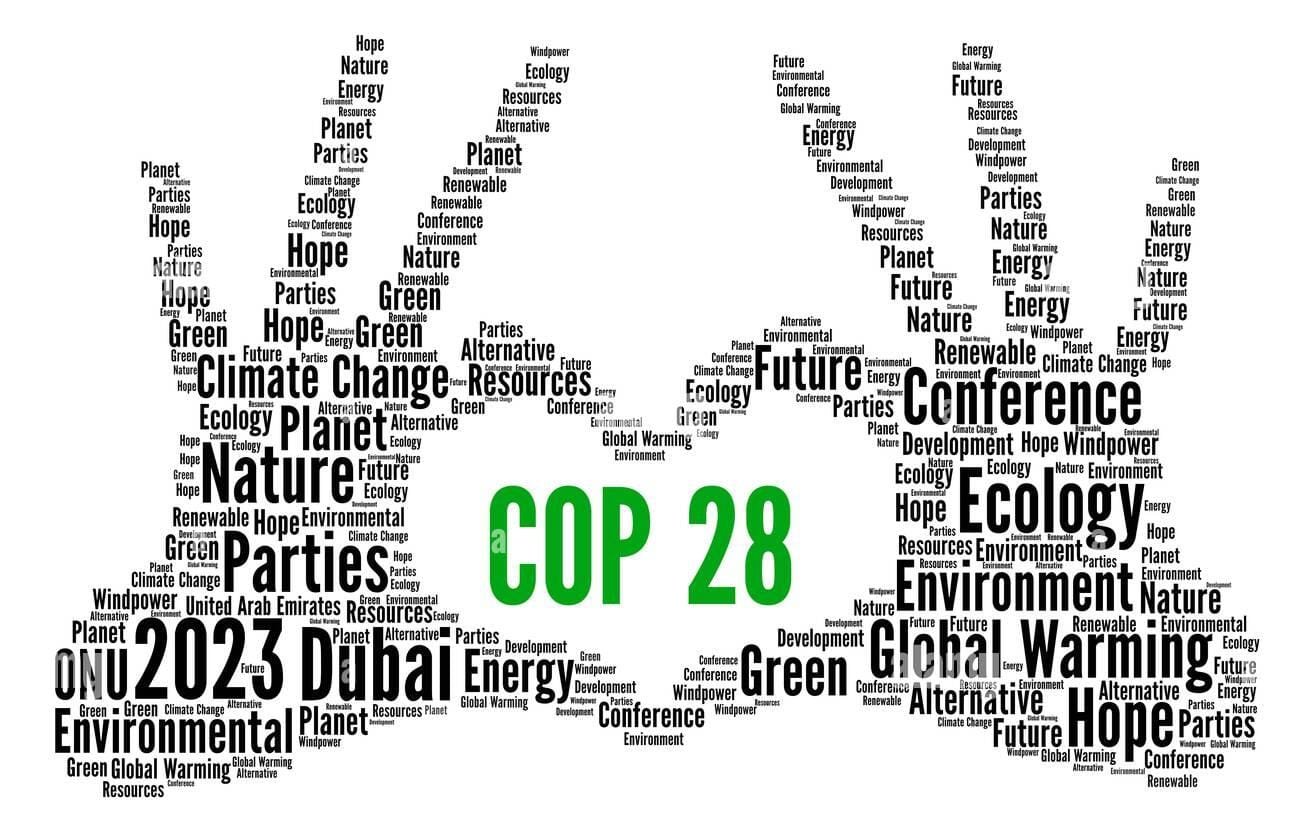What is racism?
Racism, a deeply rooted and pervasive social issue, continues to shape the experiences and opportunities of individuals and communities around the world. Defined by the belief in the inherent superiority or inferiority of certain racial or ethnic groups, racism manifests in various forms, from explicit acts of discrimination to subtle, systemic inequalities. Understanding the complexities of racism requires an exploration of its historical roots, the social construction of race, and the multifaceted ways it operates in societies.
Racism is a pervasive and insidious societal affliction that poisons the very fabric of humanity. It is the toxic belief system that falsely asserts the inherent superiority or inferiority of individuals based on their racial or ethnic identity. This malevolent ideology manifests in overt acts of discrimination, systemic biases ingrained in institutions, and the subtle, corrosive erosion of human dignity through microaggressions.
Who started racism?
Racism is not attributed to the actions of a single individual or a specific group; rather, it is a complex and deeply ingrained societal issue that has evolved over centuries. Racism has historical roots that can be traced back to various periods and regions, often arising in the context of colonization, slavery, and imperialistic endeavors. It’s crucial to understand that racism is a systemic and structural problem that has been perpetuated by societies and institutions rather than being the invention of a single person or group.
Types of Racism?
1. Individual Racism:
Prejudice, discrimination, or bias directed at an individual or group based on their race or ethnicity.
– Ex.: Personal acts of racism, such as racial slurs, derogatory comments, or discriminatory behavior.
2. Institutional Racism:
Systemic and structural practices within institutions (e.g., government, education, healthcare) that perpetuate racial inequalities, often unintentionally.
– Ex.: Discriminatory policies, practices, or lack of diversity that result in unequal opportunities for different racial groups.
3. Systemic Racism:
The presence of racial discrimination within the overall fabric of a society, often perpetuated through laws, policies, and institutions.
– Ex.: Racial profiling, redlining, and unequal application of laws that disproportionately affect certain racial groups.
4. Cultural Racism:
The promotion of cultural stereotypes and the belief in the inherent superiority or inferiority of certain cultural or ethnic groups.
– Ex.: Racist portrayals in media, cultural appropriation, or the denigration of certain cultural practices.
5. Internalized Racism:
When individuals from a targeted racial group internalize negative stereotypes or beliefs about their own race, leading to self-hatred or low self-esteem.
– Ex.: Individuals expressing shame or discomfort about their racial or ethnic identity due to societal stereotypes.
6. Interpersonal Racism:
Racism that occurs between individuals, often in face-to-face interactions.
– Ex.: Racial slurs, discriminatory jokes, or exclusionary behavior based on race.
7. Environmental Racism:
The disproportionate exposure of certain racial or ethnic groups to environmental hazards or pollutants, often as a result of discriminatory policies.
– Ex.: The siting of toxic waste facilities in communities predominantly inhabited by people of color.
8. Colorism:
Discrimination based on skin color within the same racial or ethnic group, often favoring lighter skin tones over darker ones.
– Ex.: Preferential treatment given to individuals with lighter skin in areas such as employment, media representation, or social status.
9. Institutionalized Discrimination:
The embedding of discriminatory practices within formal structures and processes of organizations and institutions.
Ex.: Discriminatory hiring practices, unequal pay, or limited access to educational opportunities based on race.
10. Racial Microaggressions: Subtle, often unintentional, verbal or behavioral expressions that convey derogatory or negative messages based on race.
Example: Backhanded compliments, invalidating experiences, or unintentional racial slights in everyday interactions.
Why is it important to understand the roots of racism?
Understanding the roots of racism is essential for developing effective strategies to combat it. The origins of racism are complex and multifaceted, often rooted in historical, economic, political, and social factors. Here are some key aspects to consider when exploring the roots of racism:
1. Historical Legacy:
– Colonialism and Imperialism: The era of European colonialism and imperialism involved the exploitation and subjugation of indigenous peoples, often accompanied by the development of racist ideologies to justify these actions.
– Slavery: The transatlantic slave trade and the institution of slavery were major contributors to the development of racial hierarchies, as certain racial groups were dehumanized and exploited for economic gain.
2. Social Construction of Race:
– Scientific Racism: In the 18th and 19th centuries, pseudoscientific theories were developed to justify racial hierarchies, perpetuating the idea of inherent racial differences.
– Social Darwinism: The misapplication of Charles Darwin’s theory of natural selection to human societies led to the belief that certain races were more “evolved” or superior than others.
3. Economic Factors:
– Divide and Rule: The use of racial divisions to maintain social control and prevent solidarity among oppressed groups, particularly in the context of labor movements and economic struggles.
– Resource Exploitation: Economic systems that thrived on the exploitation of certain racial or ethnic groups, leading to the justification of unequal treatment.
4. Institutionalization of Racism:
– Jim Crow Laws: In the United States, these were state and local laws that enforced racial segregation and reinforced systemic racism in the post-Civil War era.
– Apartheid: The institutionalized system of racial segregation and discrimination in South Africa, which lasted for several decades.
5. Cultural Influences:
– Cultural Stereotypes: The perpetuation of stereotypes through media, literature, and other cultural means that reinforce biased perceptions and contribute to the dehumanization of certain racial or ethnic groups.
6. Fear of the “Other”:
– Xenophobia: Fear or distrust of people from different cultural or ethnic backgrounds, often fueled by ignorance, prejudice, or competition for resources.
7. Political Exploitation:
– Divisive Politics: The manipulation of racial tensions for political gain, fostering a climate of division and animosity.
What steps can be taken to break free from racism?
Breaking free from racism requires a collective and sustained effort involving individuals, communities, institutions, and policymakers. Here are some key steps that can be taken to combat racism and promote a more inclusive society:
1. Education and Awareness:
– Promote education about the historical roots and systemic nature of racism.
– Encourage awareness of diverse cultures, histories, and perspectives.
– Incorporate anti-racism education into school curricula.
2. Open Dialogue and Communication:
– Encourage open and honest conversations about race.
– Create safe spaces for dialogue where individuals can share experiences and perspectives.
– Foster a culture of active listening and empathy.
3. Challenge Stereotypes and Biases:
– Examine and challenge personal biases and stereotypes.
– Encourage media literacy to critically analyze portrayals in the media.
– Promote positive and accurate representations of diverse communities.
4. Promote Diversity and Inclusion:
– Advocate for diverse representation in all areas of society, including media, workplaces, and educational institutions.
– Implement inclusive policies that ensure equal opportunities for all.
– Celebrate and support cultural diversity.
5. Legislation and Policies:
– Advocate for and support anti-discrimination laws and policies.
– Address systemic racism by reforming policies that perpetuate inequality.
– Ensure accountability for discriminatory practices in various sectors.
6. Community Engagement:
– Participate in and support community initiatives that promote inclusivity.
– Engage in community outreach and partnerships to address racial disparities.
– Support local businesses and organizations that prioritize diversity.
7. Allyship and Solidarity:
– Actively support and stand in solidarity with marginalized communities.
– Use privilege to amplify the voices of those who are oppressed.
– Advocate for policies that address systemic racism.
8. Promote Racial Equality in the Workplace:
– Implement diversity and inclusion programs in workplaces.
– Address bias in hiring, promotions, and professional development.
– Establish a zero-tolerance policy for workplace discrimination.
9. Cultural Competency Training:
– Provide cultural competency training for individuals and organizations.
– Equip professionals with the skills to navigate diverse environments.
– Foster an inclusive and respectful workplace culture.
10. Vote and Participate in Democracy:
– Engage in civic participation, including voting in elections.
– Support candidates and policies that prioritize racial equality.
– Advocate for fair and just representation in political processes.
11. Support Anti-Racist Organizations:
– Contribute time, resources, or support to organizations dedicated to combating racism.
– Stay informed about anti-racist initiatives and campaigns.
– Participate in events and activities that promote equality.
Breaking free from racism requires ongoing commitment and a willingness to challenge ingrained societal structures. It involves not only individual introspection but also collective action to create a society where everyone is treated with dignity, respect, and equality.





